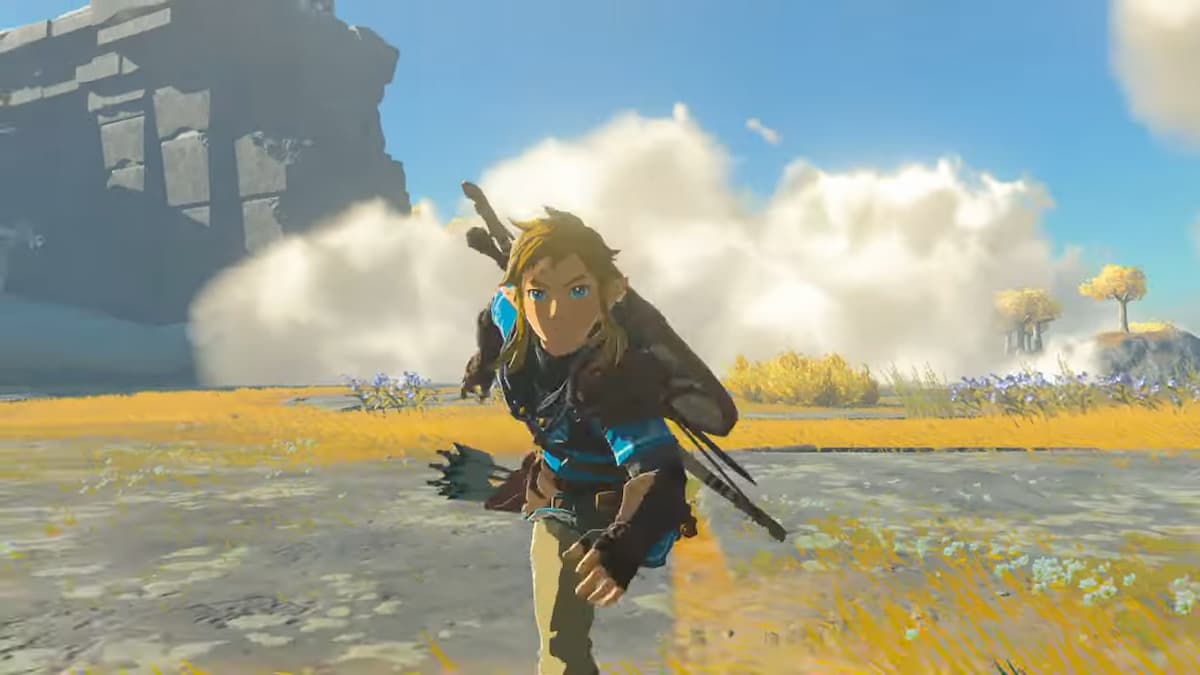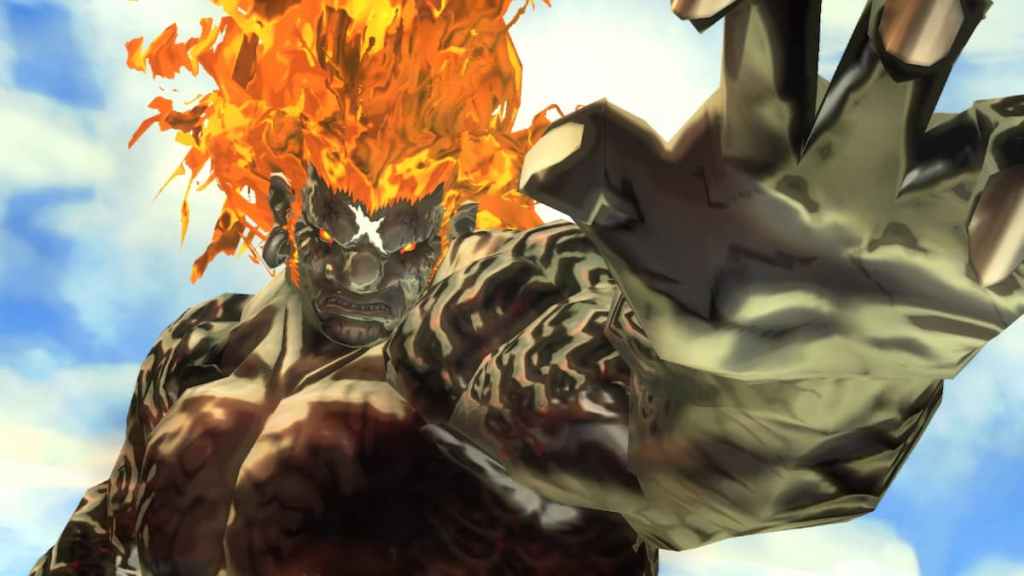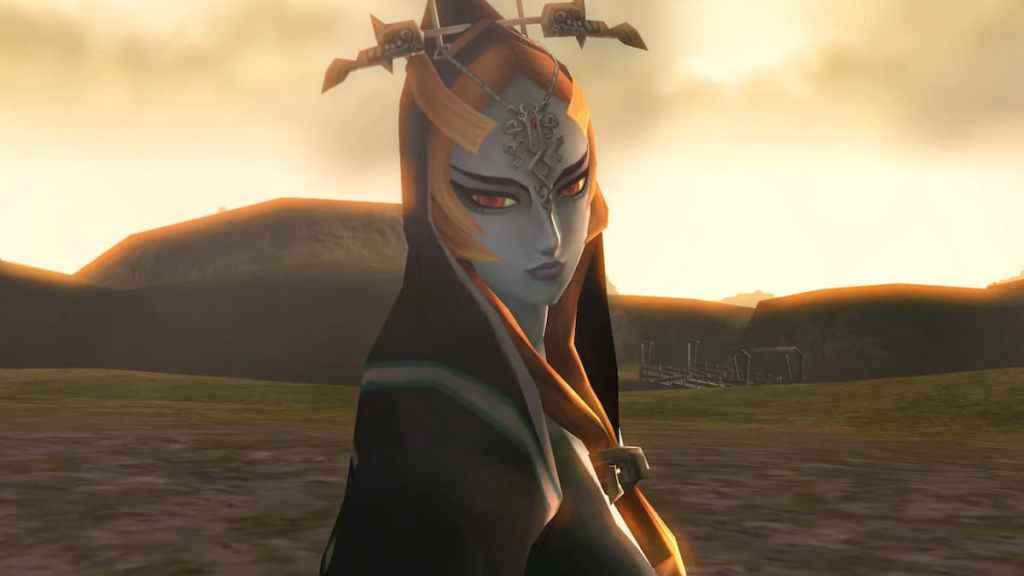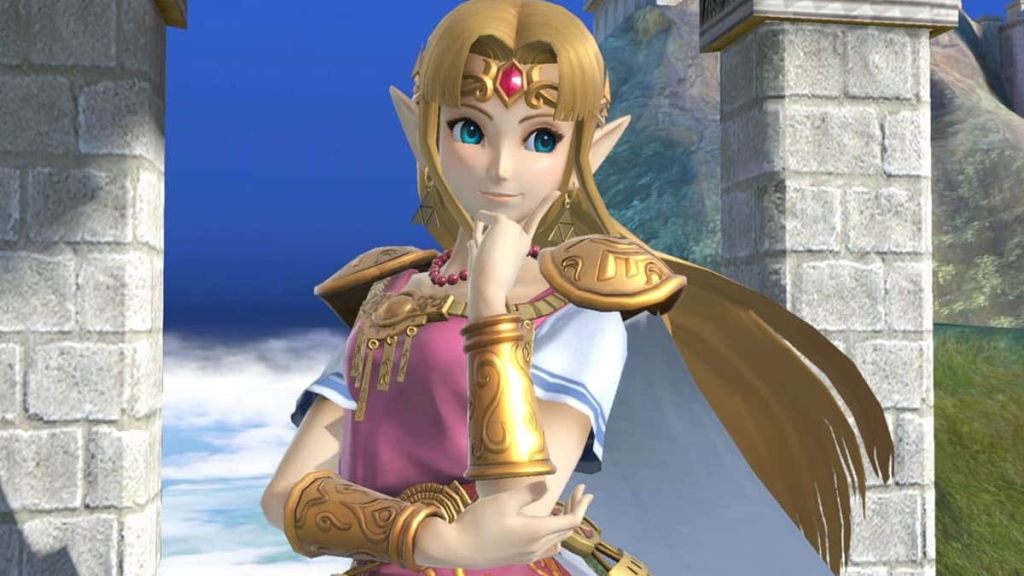
The Legend of Zelda franchise is one of gaming’s most iconic for many reasons, but its massive cast of unforgettable characters is undoubtedly one of the biggest. The names you’re no doubt familiar with might be the most recognizable, but even characters appearing in only one game can resonate across generations, bringing equal parts joy and fear to players everywhere. While there are too many great choices to spotlight, we think the ten presented in this list are some of, if not the best, in the entire Legend of Zelda series.
The Top 10 Best Legend Of Zelda Characters
There are dozens of little considerations when choosing the best Legend of Zelda characters, but our main ones were: how recognizable a character is, how much they affected the community and their influence on franchise canon. We’re presenting them in alphabetical order for simplicity.
Note: There will be significant story spoilers for all Zelda games where the characters appear. Read at your own risk.
Demise

To say Demise is important to the Legend of Zelda narrative is to do a disservice to the word “important.” Though he only appeared in Skyward Sword, thanks to that game’s place as the beginning of all three Zelda timelines, his story influence is unquestionable. While Demise has a relatively generic “evil demon lord” design, and his early boss fights as The Imprisoned weren’t the community’s favorite, he could not only fight on even terms with the pure Master Sword and the Goddess’s chosen hero Link. He even went on to corrupt the legendary blade and curse Zelda, Link, and the entire world to an endless loop of suffering. In short, without Demise, there would be no Ganondorf, no endless cycle of hatred, and (for retcon reasons) no Legend of Zelda.
Ganondorf

Every great story needs its villain, and while Ganon is the more recognizable villain, Ganondorf is the more interesting. His introduction in Ocarina of Time was one of the pinnacles of gaming. Though he was wholly unredeemable in that game, between his fantastic theme song, sheer willpower, and badass final boss fights, few foes in our medium could compete. Then we got Wind Waker, and we saw that Ganondorf was more than a bloodthirsty tyrant, capable of growth, subtlety, and genuinely moving emotion. Still unquestionably evil, but only because, it seemed, the universe had mistreated him and his people, and what he did (he said), he did in service of them. The only reasons he fights to the death at the end of Wind Waker is because he has nothing left to lose and because literal centuries of hopes and planning have come undone at the last hurdle.
Link

Link might not be quite at Mario’s level of recognition, but he remains one of gaming’s most legendary figures, with an almost spotless record of masterpieces to his name. He’s traveled through time, crossed dimensions, and faced down gods, demons, giant mechs, and the incarnations of immaterial concepts, always using his wits and bottomless wells of courage to overcome them. That we, as players, were able to enjoy these adventures too is one of history’s greatest gifts, and with the series showing no sign of slowing or dipping in quality, hopefully, we have decades more to explore.
Midna

Midna occupies a strange middle space in the Zelda franchise. She isn’t exactly a hero, but neither is she a villain. The lines between good and evil were clearly drawn in many previous entries. Who was good and who was evil was easy to see, and though some of the games asked questions about the nature of such things when a character was introduced, it was pretty clear what side of the line they fell on. Midna straddles that line, working with Link as a matter of convenience rather than altruism, something of a theme in Twilight Princess. Her mischievousness and slow character development only add to her charm.
Mipha

The first of two Breath of the Wild characters on our list, Mipha isn’t unique in offering a romantic rival for Link, nor is she the first soft-spoken supporting female character with ties to Link. She is, however, one of the most beloved for her sincerity, beauty, devotion, and (though unseen) badassery with a trident. The ability she bestows in-game also undoubtedly saved many a player’s bacon when they needed help the most. Mipha’s similarities, and significant differences, to Princess Ruto from Ocarina of Time are also at play here. Those who played the earlier title no doubt have memories of those interactions, and those who would go on to play Ocarina after Breath of the Wild can see that Mipha is a solid continuation of the characterization this franchise is best at.
Malon

Malon’s role in Ocarina of Time was relatively minor, but her impact was enormous. Exploring Hyrule would have been a wildly different experience without Malon teaching us Epona’s Song. Her guidance through Hyrule Castle Town and cheery disposition were among the brightest spots in the first child portion of the game and seeing the suffering Ganondorf’s rule wrought for her. Ingo was no doubt abusive and watching her realize the person who freed both her and her favorite horse was Link was heartwarming in the extreme. She would go on to appear in Majora’s Mask as Romani/Cremi, as well as Oracle of Seasons, Four Swords Adventures, and the Minish Cap.
Saria

While Saria didn’t have much more presence in Ocarina of Time than Malon, her impact was just as easily felt. Indeed, she gave Link his first ocarina, taught him one of his first songs, and was his first and only true friend as he was growing up. Her cheer, sorrow, and sense of duty all endeared her to the community both back in 1997 and for all the time after. Her song is still one of the more popular Zelda tunes, both from an in-game composition and out-of-game enjoyment standpoint, and her loyalty to Link despite everything that happened was genuinely touching. She only appeared in one game in the series, but she had an effect on fans, new and old.
Shiek

Yes, we’re cheating a bit here, but Nintendo has considered Zelda and Shiek as both separate characters and the same person for many of their out-of-series titles. Shiek is also one of the most active incarnations of Zelda, using skills and abilities not seen in any of her other appearances, including stealth, misdirection, and outright deception to accomplish her goals. The character’s physicality is also unique, being tossed around by Bongo Bongo and saving Ruto from under the ice, two tasks requiring incredible strength of body and mind to accomplish. Many of the songs she teaches are well-remembered by the community as well, and the reveal at the end of the game was a revelation on par with Aerith’s death in Final Fantasy VII, though for different reasons.
Sidon

There’s little you can say about Sidon without mentioning his sheer positivity and zest for life. The fact his teeth glint during his power pose is icing on the cake. It was also impossible not to see him everywhere on social media as more and more players were able to meet him. His positive outlook was also notable for the dour nature of Breath of the Wild itself, where the end of the world was visible from every corner of Hyrule. Despite all of it, Sidon never wavered in his hope for the future and the assurance that Link was the man his sister always said he was.
Zelda

The franchise’s namesake might not appear in every title, but when she does appear, every action she takes has meaning and value and changes the fate of those around her. No two Zeldas are ever alike, with some being former sassy pirates, deposed monarchs, angst-ridden teens, or royalty caught in the crossfire. Link might be the face of the Legend of Zelda, but the person who gives the series its name has almost always been its heart. In many ways, Zelda’s portrayal mirrors the events and tone of the game, making her return to the stage all the better to experience. She’s a fan-favorite character both because of and in spite of these changing representations, thanks to her consistent aesthetic and indomitable will.
from Gamepur https://ift.tt/hLO8Ju5